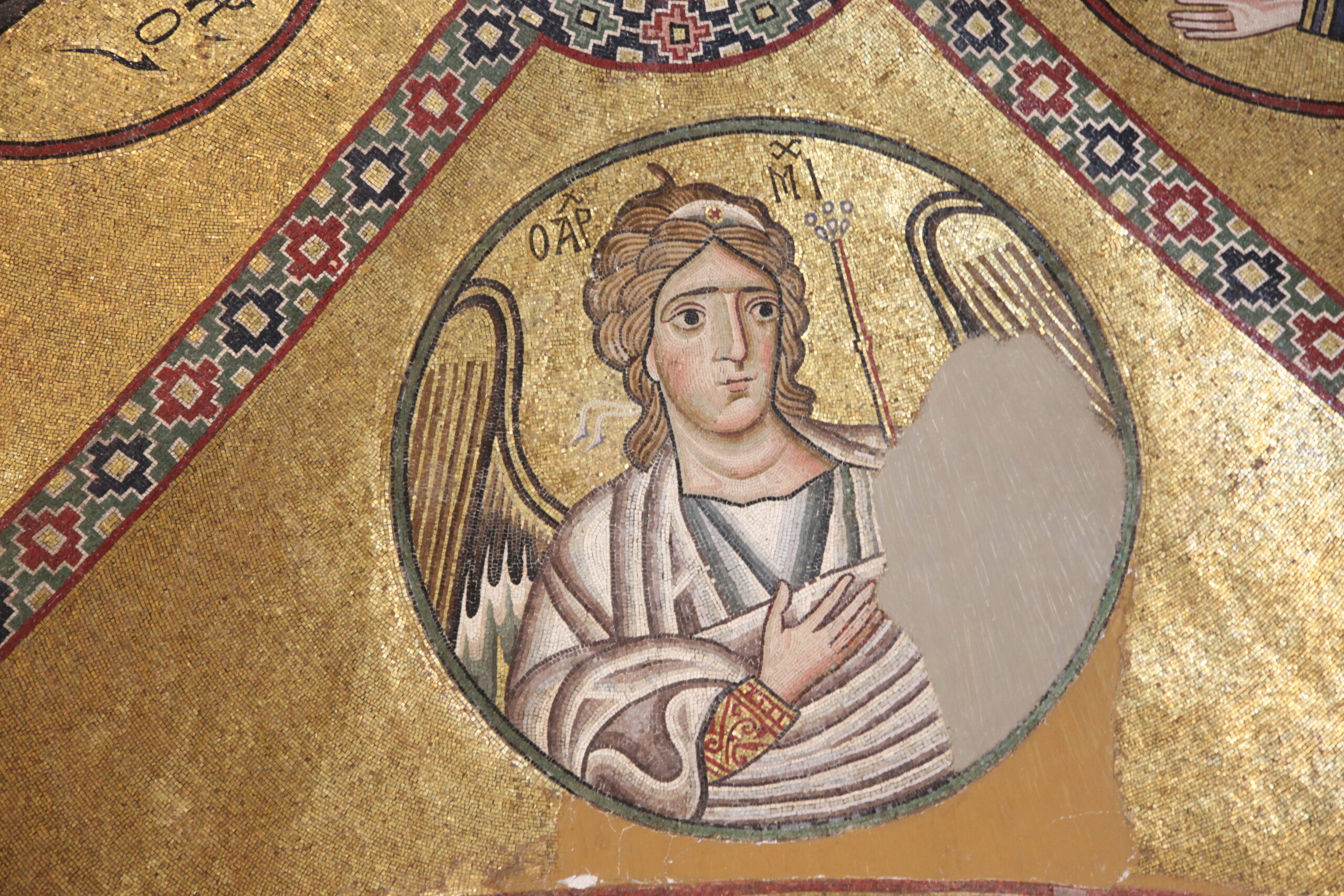Religion governed Byzantine life from birth to death. The church governed marriage and family relations and filled leisure time. Religion also dominated the arts and literature, economics and politics, and intellectual life.
What was the true relationship of the members of the Trinity to one another? What was the true relationship of the human to the divine nature of Christ? Was it proper to worship holy images? Such problems were argued not only in monasteries and universities but also in the streets. The questions were desperately important. The right answer meant salvation and future bliss; the wrong answer, damnation and eternal punishment.
Foreign policy was also pervaded by religion. When the emperor went to war, the enemies were infidels, heretics, or schismatics. The emperor went into battle against them with a sacred picture borne before him— an icon (image) of the Virgin, perhaps one of those that leg-end said had been painted by St. Luke, or one not even made by human hands at all but miraculously sent from heaven itself.

